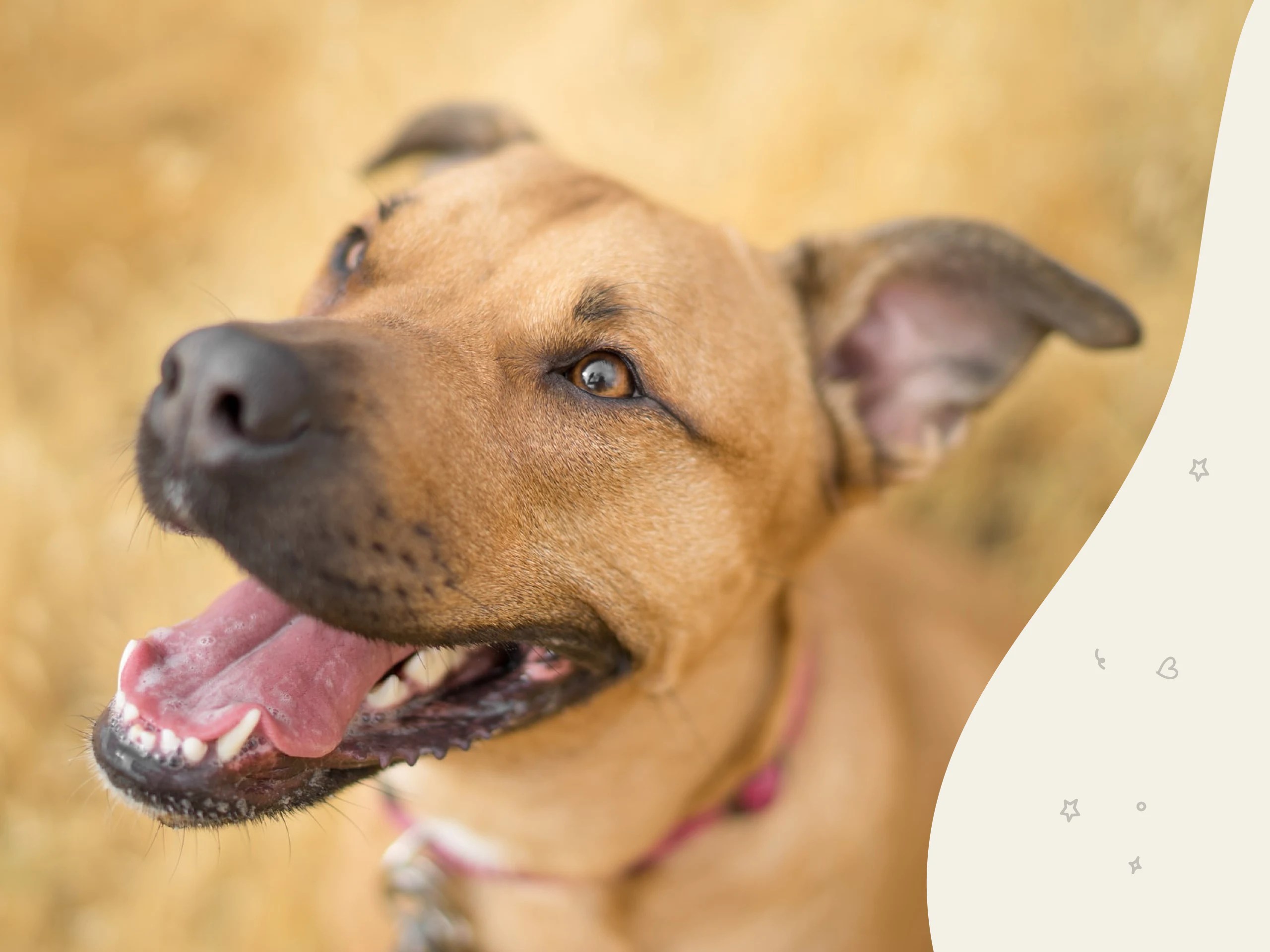 infosaurs.com
infosaurs.com Opening: Building a Bond with Your Canine Companion Training your dog can be a rewarding experience for both you and your furry friend. It not only strengthens your bond but also helps ensure your dog is a well-behaved member of society. This guide provides a step-by-step approach to training your dog effectively. Remember, patience and consistency are key!
Step 1: Foundational Obedience Sit, Stay, Come Start with the basics. These three commands are essential for control and safety. Sit: Hold a treat close to your dog's nose. Slowly move the treat over their head towards their tail. As they follow the treat, their rear end should naturally lower into a sit. Once they sit, say "Sit!" and immediately give them the treat and praise. Stay: Have your dog sit. Hold your hand up in a stop gesture and say "Stay." Initially, only ask them to stay for a few seconds. Gradually increase the duration. Reward them generously for staying. If they break the stay, calmly start again. Come: Use a happy, enthusiastic tone. Say "Come!" while gently pulling on the leash or backing away from your dog. When they come to you, shower them with praise and give them a treat. Practice this in a safe, enclosed area.
Step 2: Leash Training and Walking Manners Walking nicely on a leash is a crucial skill for enjoyable outings. Loose-Leash Walking: Start by using a comfortable leash and collar or harness. Hold the leash loosely and encourage your dog to walk beside you. If they start to pull, stop walking. Wait for them to stop pulling or take a step back toward you. Reward them when the leash loosens. Gradually increase the distance you walk. Heel: Once your dog understands loose-leash walking, introduce the "Heel" command. Use a treat to lure them into the heel position (beside your left leg). Say "Heel" and walk forward. Reward them for maintaining the heel position. Dealing with Distractions: Introduce distractions gradually. Start with low-level distractions and gradually increase the intensity as your dog improves. Reward them for maintaining focus on you, even when distractions are present.
Step 3: Socialization and Exposure Socializing your dog early and often helps them become well-adjusted and confident. Exposing to Different Environments: Take your dog to different places, such as parks, pet stores, and friend's houses. Expose them to different sights, sounds, and smells. Introducing to Other Dogs and People: Supervise interactions with other dogs and people carefully. Ensure that the interactions are positive and safe. Preventing Fear and Anxiety: Avoid overwhelming your dog. If they show signs of fear or anxiety, remove them from the situation and try again later at a slower pace.
Step 4: Addressing Problem Behaviors Consistent and positive reinforcement is key to addressing problem behaviors. Chewing: Provide plenty of appropriate chew toys. Redirect your dog to a chew toy when they start chewing on something they shouldn't. Barking: Identify the cause of the barking and address it. If they are barking for attention, ignore them. If they are barking out of fear, desensitize them to the trigger. Digging: Provide a designated digging area in your yard. Redirect them to their digging area when they start digging somewhere else.
Step 5: Advanced Training and Tricks Once your dog has mastered the basics, you can move on to more advanced training. Agility: Agility training is a fun and challenging way to exercise your dog's mind and body. Trick Training: Teaching your dog tricks can be a great way to strengthen your bond and keep them mentally stimulated. Continuing Education: Consider enrolling in advanced obedience classes or workshops.
Conclusion: A Lifelong Journey Training your dog is an ongoing process. Continue to practice and reinforce the behaviors you have taught them. With patience, consistency, and positive reinforcement, you can build a strong and loving relationship with your canine companion and ensure they are a well-behaved member of your family and community. Remember to always consult a professional dog trainer or veterinarian if you have concerns about your dog's behavior or health.
Nora Fatehi Saree Looks: Party Wear Designs You'll Love
 newsable.asianetnews.com
newsable.asianetnews.com Nora Fatehi Photos: Latest Hd Images, Pictures, Stills & Pics
 www.filmibeat.com
www.filmibeat.com Infosaurs- Nora Fatehi Wiki, Age, Biography, Height, Boyfriend, Family, Images & More
 infosaurs.com
infosaurs.com  w-dog.org
w-dog.org  alchetron.com
alchetron.com  eskipaper.com
eskipaper.com  fity.club
fity.club  clarkdeals.com
clarkdeals.com  www.lowes.com
www.lowes.com  elearning.adobe.com
elearning.adobe.com  www.alamy.com
www.alamy.com :max_bytes(150000):strip_icc()/what-is-ptsd-5084527-Final-1b6dff50ede842729039d6ecdf544dc5.jpg) www.verywellhealth.com
www.verywellhealth.com  whitelightbh.com
whitelightbh.com  wallsdesk.com
wallsdesk.com  www.worldanimalfoundation.org
www.worldanimalfoundation.org  www.guidedogs.org
www.guidedogs.org  www.dailydogdigs.co.uk
www.dailydogdigs.co.uk  in.pinterest.com
in.pinterest.com  www.pinterest.com
www.pinterest.com  ideasyouneed.com
ideasyouneed.com  www.dogster.com
www.dogster.com  mentalbomb.com
mentalbomb.com  fity.club
fity.club  4kwallpapers.com
4kwallpapers.com  dogtime.com
dogtime.com  www.fetchpet.com
www.fetchpet.com  wagbrag.com
wagbrag.com 